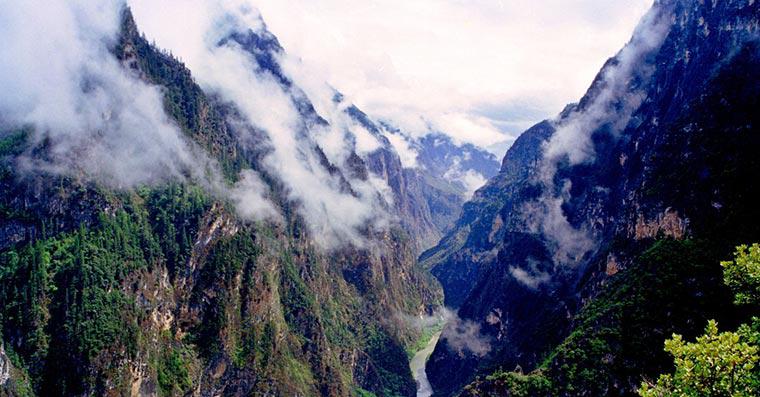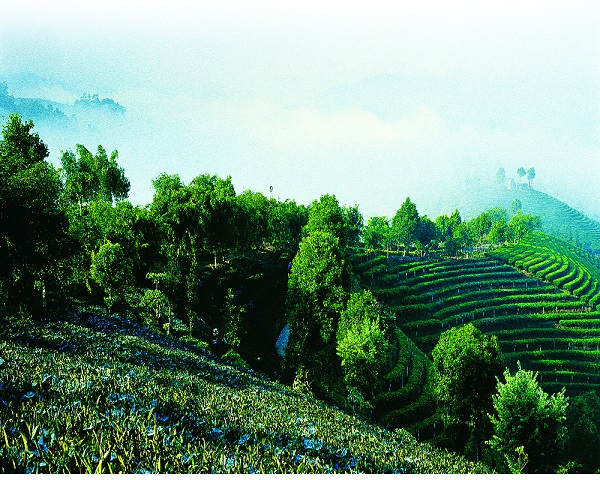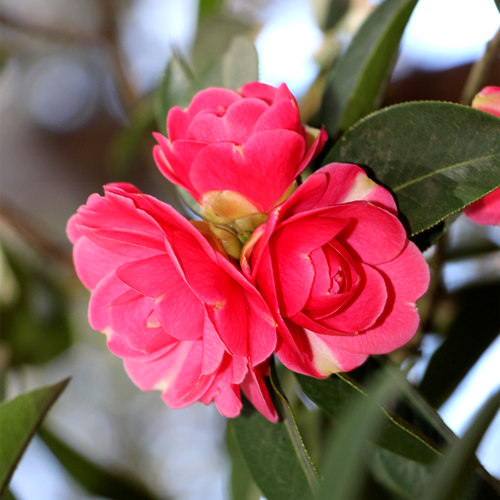
Detailed Introduction to Nanjian County of Dali Prefecture
Overview
Nanjian Yi Autonomous County is located in the southern part of Dali Prefecture, Yunnan Province, China. It is the only Yi Autonomous County in Dali Prefecture and serves as a cultural, ecological, and transportation hub connecting central Yunnan with Dali and Pu’er. The county is known for its rich Yi ethnic traditions, tea culture, and scenic landscapes.
Chinese name: 南涧彝族自治县
County seat: Nanjian Town (南涧镇)
Area: Approx. 1,731 km²
Population: About 240,000 (multi-ethnic, Yi people form the majority)
Ethnic composition: Yi, Han, Bai, Hui, Lisu, Miao, etc.
Status: Established as an autonomous county in 1951, one of the earliest Yi autonomous areas in China.
Geography & Climate
Location:
Nanjian lies in the southern transitional zone of Dali Prefecture, bordering Weishan, Midu, Jingdong (Pu’er), and Zhenyuan (Pu’er).
Topography:
A mix of mountains, valleys, and basins. The terrain tilts from northwest (higher) to southeast (lower).
Major Rivers: The Nanjian River, a tributary of the Lancang (Mekong), flows through the county, providing fertile land for farming.
Climate:
Subtropical plateau monsoon climate.
Mild, with no harsh winter or hot summer.
Average annual temperature: 16–17 °C.
Distinct dry and rainy seasons.
Natural Resources & Environment
Agricultural resources: Known as the “Granary of Southern Dali”, producing:
High-quality tea (especially Pu’er tea)
Rice, corn, beans, vegetables
Fruits: walnuts, pomegranates, pears
Forests: Rich in timber and medicinal plants.
Biodiversity: Mountainous terrain supports varied flora and fauna.
Culture & Ethnic Traditions
Yi Culture:
As a Yi Autonomous County, Yi people’s culture dominates local traditions.
Torch Festival (火把节): Grandest celebration in summer, with bonfires, singing, and dancing.
Yi language, costumes, and folk songs remain vibrant.
Tea culture:
Nanjian is an important part of the Ancient Tea-Horse Road network. Tea drinking, tea trading, and tea rituals form a major part of life.
Folk music:
Yi antiphonal singing (对歌), bamboo flutes, and dance are common.
History
Historically, Nanjian was a strategic node on the Tea-Horse Road, linking Dali with Pu’er and Tibet.
It has been a multi-ethnic settlement for centuries, with Yi people as the main group since ancient times.
In 1951, it became one of the earliest autonomous counties established for ethnic minorities in China.
Transportation
Highways:
Nanjian is connected by roads to Dali, Weishan, Jingdong, and Zhenyuan.
G214 National Highway and Dali–Pu’er expressway run nearby.
Railway:
The Dali–Pu’er Railway passes through the county, enhancing its role as a transit hub.
Accessibility:
About 2 hours by road from Dali City.
Tourism Highlights
Nanjian is less known internationally than Dali Old Town, but it offers a genuine ethnic and ecological experience:
Wuliang Mountain (无量山):
Famous for cloud seas, sunrise, tea plantations, and azalea blossoms.
A paradise for photography and hiking.
Nanjian Great Buddha Temple (南涧大佛寺):
Historic Buddhist temple with strong local devotion.
Tea Plantations & Ancient Tea Trees:
Explore the roots of Pu’er tea culture.
Visit Yi families for tea ceremonies.
Ethnic Festivals:
Yi Torch Festival, Flower Festival (花山节), and other seasonal celebrations.
Rural Tourism:
Villages around Nanjian showcase Yi traditions, traditional houses, and farming life.
Economy
Agriculture: Backbone of economy (tea, grains, fruits).
Tea industry: Core identity; Nanjian tea is recognized for quality.
Forestry & herbs: Important supplementary industries.
Tourism: Growing steadily, tied to cultural heritage and mountain scenery.
Transportation hub: Railway and expressway enhance trade with Pu’er and Dali.
Key Features in Summary
Only Yi Autonomous County in Dali Prefecture.
Famous for Wuliang Mountain (tea, azaleas, scenery).
Deep Yi cultural traditions, especially the Torch Festival.
Rich tea culture, historically linked to the Tea-Horse Road.
Strategic hub connecting central and southern Yunnan.



